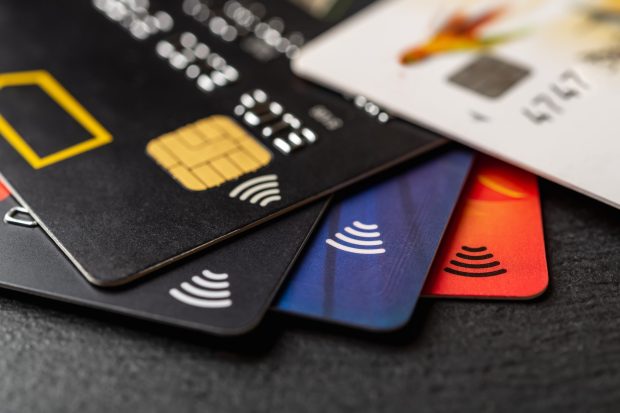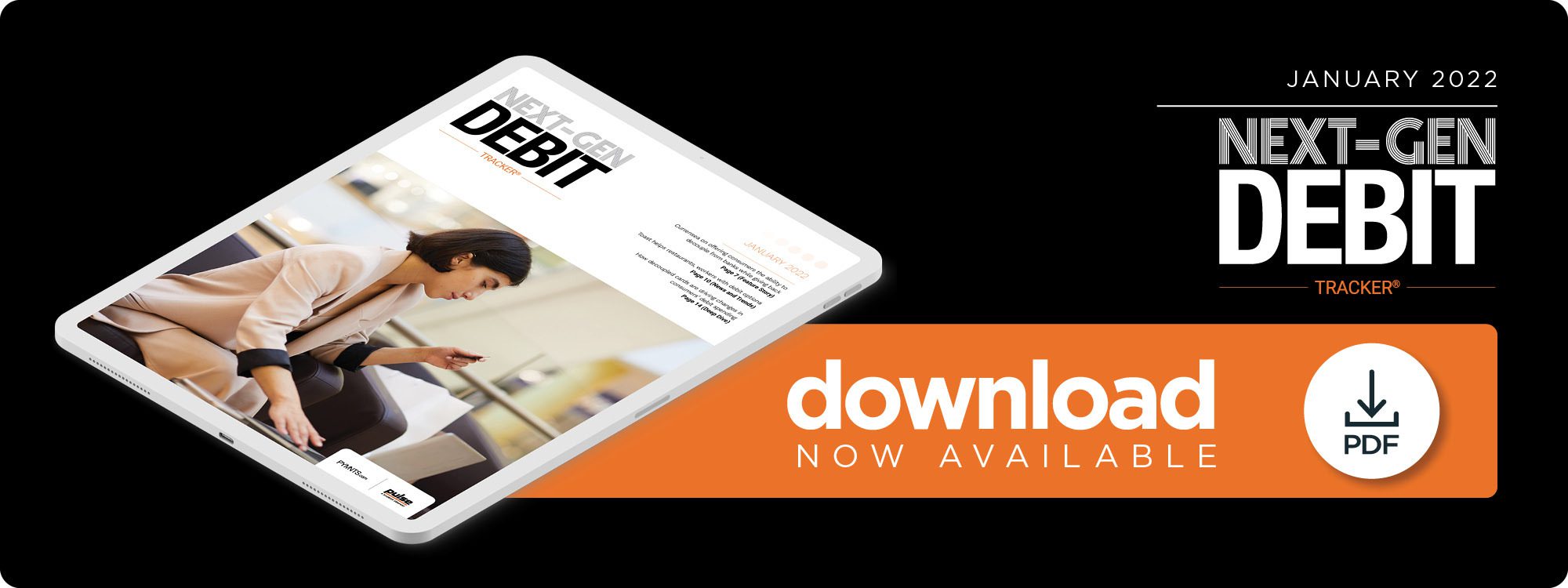Deep Dive: The Rise of Decoupled Debit and the Potential Impact of Interchange Fees

Concerns about supply chain delays and longer shipping times led holiday shoppers to open their wallets earlier in 2021. Consumer spending growth remained steady through the fall months, according to one report, and purchases made on both credit and debit cards saw an uptick. Compared to 2020, retail purchases in the goods sector — in which many consumers spend their disposable income during holiday sales — have been strong, as overall credit purchases were up 24% and overall debit purchases were up 16% in October 2021.
What’s more, debit purchases in October 2021 were up 35% compared to October 2019. Of those sales, card-not-present transactions made up 42% of that activity, up 10% from October 2020 and a 4% increase from 2019. Observers noted that each market sector enjoyed a double-digit rise in consumer spending since March, coinciding with the release of government stimulus funds in the U.S. Debit purchases in the entertainment and goods sectors led the way, with purchases up 46% and 45%, respectively, from 2019 levels.
While consumers were confident enough about their finances to spend more during the 2021 holiday season, now more than ever they are looking for ways to pay for purchases using electronic means. Mobile wallet usage continues to grow, with mobile debit usage outpacing credit over the last three months of 2021.
Contactless tap-and-go purchases rose to 19% in October 2021 from 16% a year earlier. Mobile wallet debit activity transaction volume grew 81% in October 2021 compared to a year prior, even though the average mobile wallet debit purchase decreased by 20 cents, down to $17.37 in October 2021.
This month’s Deep Dive explores how companies are looking to find safe and convenient ways to remove the middleman from the equation, especially for younger and tech-savvy consumers who demand the convenience of contactless debit options but don’t want to be tied to traditional financial institutions (FIs).
The Rise of Neobanks and Decoupled Cards
Enter the decoupled debit card. These cards are issued and operated by merchants or organizations and are linked directly to a customer’s bank account through a third party that is not a bank or credit union, such as a neobank. Also known as “challenger banks,” these FinTech firms offer apps, software and other technologies to streamline mobile and online banking and include companies such as Chime, Current and Varo Bank. Purchases are verified and confirmed through an ACH transaction.
Removing traditional bank involvement allows more third-party FinTechs to issue the cards, partnering with retailers eager to gain loyal customers through loyalty programs — not to mention having their brand names stamped on the card as an advertisement and a reminder to spend. Target’s RedCard is one example, enticing shoppers with rewards such as 5% off all purchases and free shipping.
Decoupled cards are also not governed by the same rules as traditional bank-issued cards. Merchants are not charged transaction fees by the issuing bank, and consumers generally are not charged interest fees on purchases. In fact, some BNPL firms, such as Affirm, are beginning to offer debit cards that allow customers to pay over time with no interest charges.
Interchange Fees: A Threat to the Future of Decoupled Debit?
One of the incentives driving merchants to partner with third parties and offer decoupled cards is the absence of interchange transaction fees charged to merchants when a consumer uses them. Transactions made with traditional credit and debit cards issued through banks are subject to fees, which are used to cover fraud risk and administrative costs for handling fund transfers between accounts.
Banks were able to charge merchants 44 cents per swipe for credit or debit card transactions at one time, but the 2010 Durbin amendment capped those charges at 22 cents per swipe, cutting into the $20 billion that banks made annually on the charges. Third parties are exempt from the fees, raising the ire of traditional issuers competing with them.
The law requires the Federal Reserve to reassess the fee structure every two years, however, and the cap has remained since 2011. As the decoupled trend becomes more popular — and earns entities such as neobanks more money — dialogue is forthcoming on whether the law will be changed in the future, either through a new fee mandate, requirements for offering more than one unaffiliated processing network or an asset threshold above which fees become effective.
Any of these possible changes could affect the benefits that merchants enjoy by offering decoupled cards and the ability to pass savings down to customers. For now, however, those changes seem to be on the distant horizon and decoupled debit continues to grow as a way to connect with consumers eager to spend their money.

